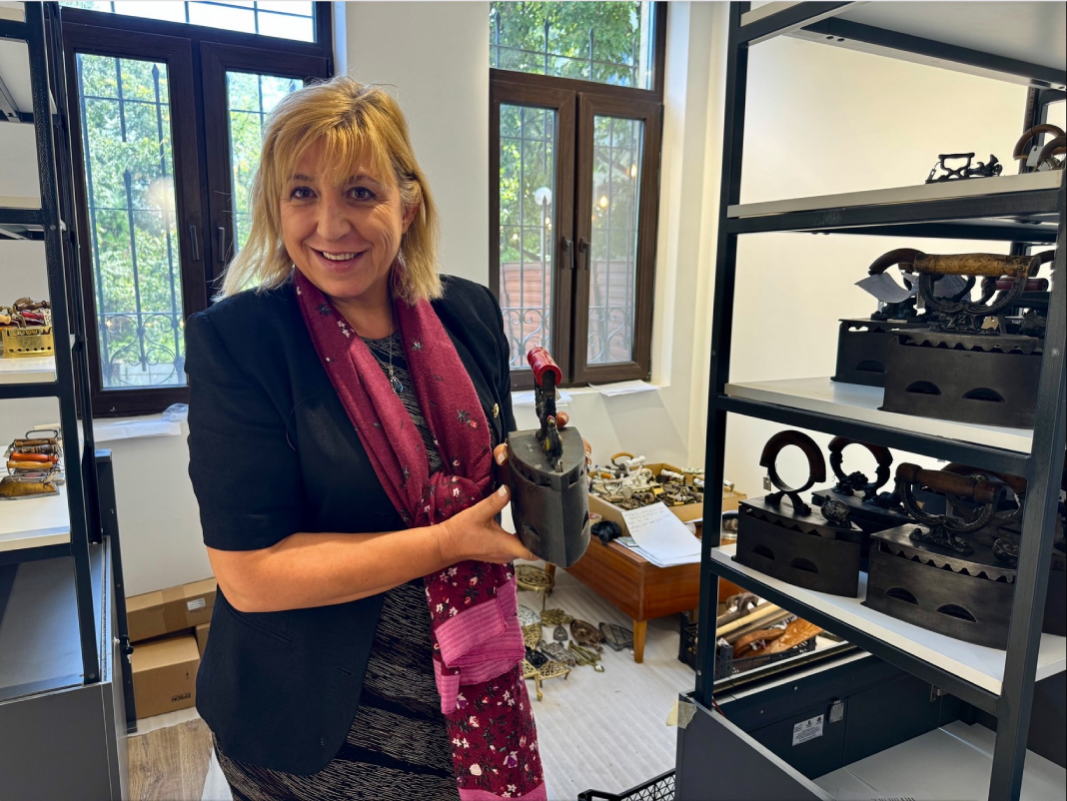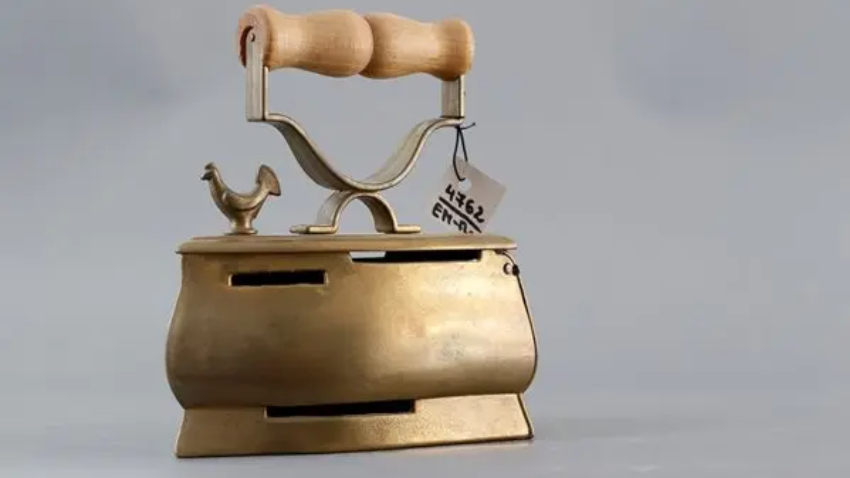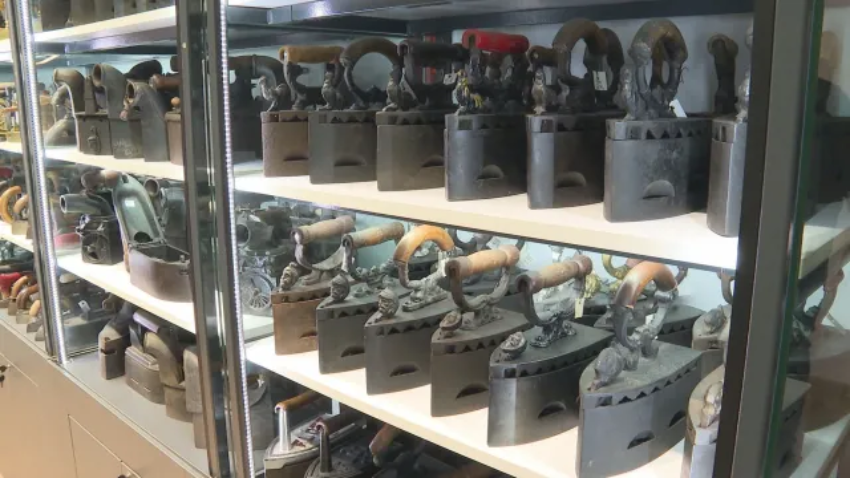A fire-breathing dragon will greet visitors at the first Iron Museum in the Balkans, which opens on 21 November in Plovdiv. From its mouth, words of encouragement will flow- inviting people, eager for new knowledge, to dive into the history of a household tool that appeared relatively soon after humans first set foot on Earth.



Another interesting detail: for many years, irons were not considered women’s tools because they could weigh up to 10 kilograms. Did men really take care of pressing their ladies’ clothing? “Of course - our tailors and cloth makers were men, because it would have been very difficult for a woman to handle the so-called ‘goose,’” says Georgieva. In the past, there were also different irons depending on which part of the garment needed smoothing.
“We have trouser irons, tie irons, lace irons,” the curator explains. “The iron is connected not only to fabric, but also to the development of fashion itself. If, in the 17th century, people in Bulgaria wore traditional clothing that didn’t require fine ironing - because you couldn’t smooth coarse wool - think of the gowns and the men’s garments with lace collars in France or the Austro-Hungarian Empire. That’s why we can say that the iron is a tool mastered by fashion.”

English publication: R. Petkova
Bulgarian artist and architect Vivia Niki presented her new land art creation—a giant three-dimensional candle painted on a meadow in the forests of the Plana Mountain, which seems to flicker like a living flame only when viewed from the air at a..
Theater enthusiasts in Bulgaria are already counting the hours until start of the 13th edition of Theaters Night. This exciting evening will turn the stages in 11 Bulgarian cities into a true celebration of the arts. The event’s ambassadors are..
On November 6 in Los Angeles, the new foundation Bulgarian Classical Concerts - Los Angeles officially began its activities with a chamber concert, which featured works by Bulgarian classical and contemporary composers - Pancho..
The eighth International Violin Competition “Vasco Abadjiev” will take place in Sofia from 20 to 23 November, attracting record interest. The organizers..

+359 2 9336 661
